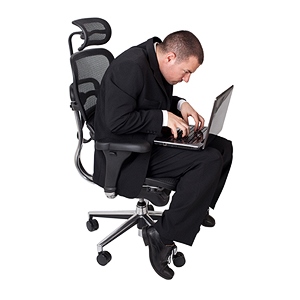In last week’s article we discussed some of the health issues that can arise by wearing Flip Flops, and how we can examine your feet, and the appropriate therapy for your those problems. However, as with some of my patients, their sense of style is still so overwhelming that they cannot resist wearing flip flops, here are a few tips to avoid a “flip flop fiasco”, as discussed in our previous post:
DO’s:
• Do shop for a flip-flop made of high-quality, soft leather. Leather minimizes the potential for blisters and other types of irritation.
• Shop for flip flops that have the Canadian (or American) Podiatry seal of approval or those that are recommended by foot and orthotic manufacturers such as FootMaxx. Ask or call the office for examples.
• Do gently bend the flip-flop from end to end, ensuring it bends at the ball of the foot. Shoes of any kind should never fold in half. In the past few years, with the huge increase in foot complaints from wearing flip flops, there are many foot wear manufacturers that have cropped up that have created stylish flip flops that are more sturdy, have built in arch supports, and more appropriate cushioning.
• Do wear a sturdy pair of flip-flops when walking around a public pool, at the beach, in hotel rooms and in locker room areas. Walking barefoot can expose foot soles to plantar warts and athlete’s foot.
• Do ensure that your foot doesn’t hang off of the edge of the flip-flop.
Don’ts:
• Don’t re-wear flip-flops year after year. Inspect older pairs for wear. If they show signs of severe wear, discard them.
• Don’t ignore irritation between toes, where the toe thong fits. This can lead to blisters and possible infections.
• Don’t wear flip-flops while walking long distances. Even the sturdiest flip-flops offer little in terms of shock absorption and arch support.
• Don’t do yard work while wearing flip-flops. Always wear a shoe that fully protects feet when doing outside activities such as mowing the lawn or using a weed-eater.
• Don’t play sports in flip-flops. This practice can lead to twisting of the foot or ankle, as well as sprains and breaks.
If you are suffering from foot pain, which may or may not have been caused by your footwear such as flip flops, or if you have flat feet, tendonitis, or spend alot of time on your feet, you may be a candidate for custom foot orthotics.
Custom Made Foot Orthotics can help with more than Plantar Fascitis….
Foot orthotics allow the muscles, tendons and bones of the feet and lower legs to function at their highest potential. When appropriately prescribed, orthotics can decrease pain, not only in the foot, but in other parts of the body such as the knee, hip and lower back. They can also increase stability in an unstable joint, prevent a deformed foot from developing additional problems, correct improper biomechanics and improve overall quality of life.
At our office, we perform various diagnostic tests such as a digital gait analysis to observe your gait and discover any biomechanical abnormalities that may be putting undue stresses on your feet and alignment of your spine.
The FootMaxx orthotics that are often prescribed are custom-made for your feet, sport-specific to your activities and designed to accommodate for different shoe types.
Often people will have Extended Health Insurance benefits that cover the cost of orthotics. Please check your individual health benefits package.
Custom made sandals are also available for summer with the orthotic component built into the sandal. Call our office to schedule a foot check up, or gait analysis to see if custom orthotics might be right for you.
~ Dr. Gertz







